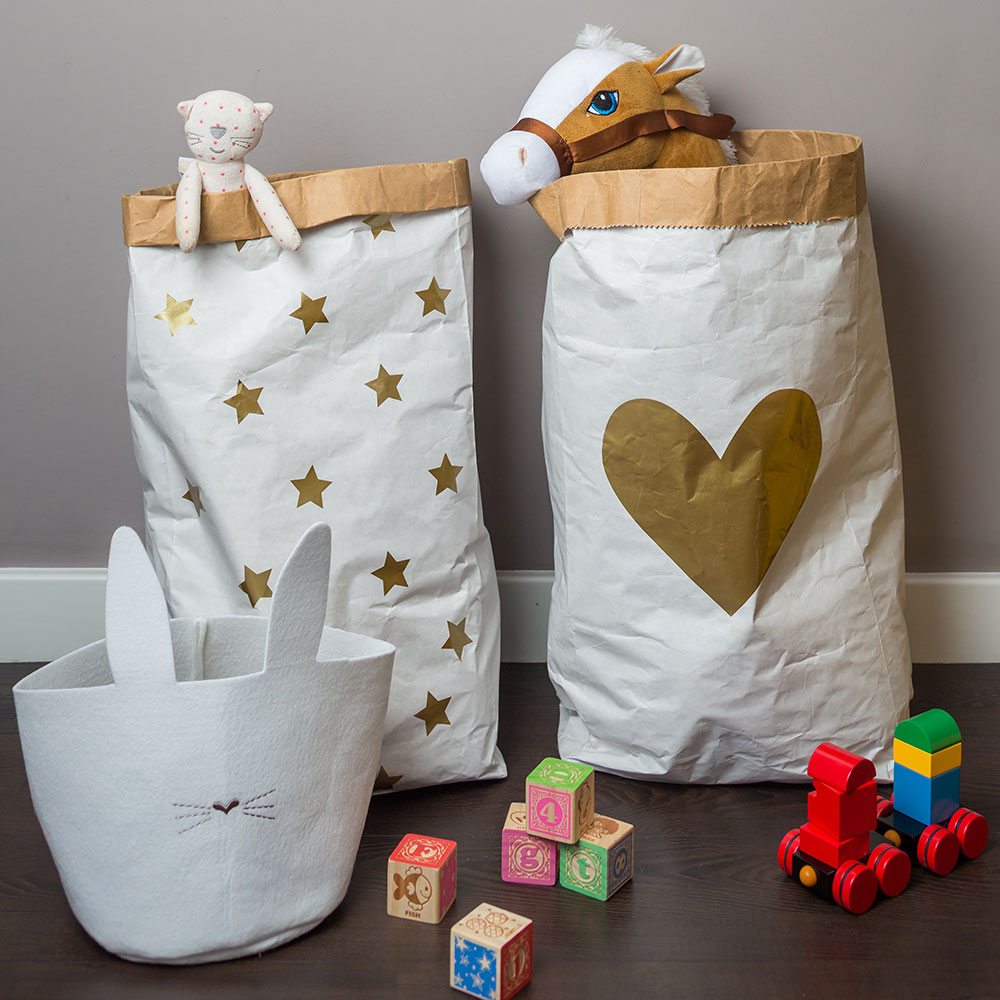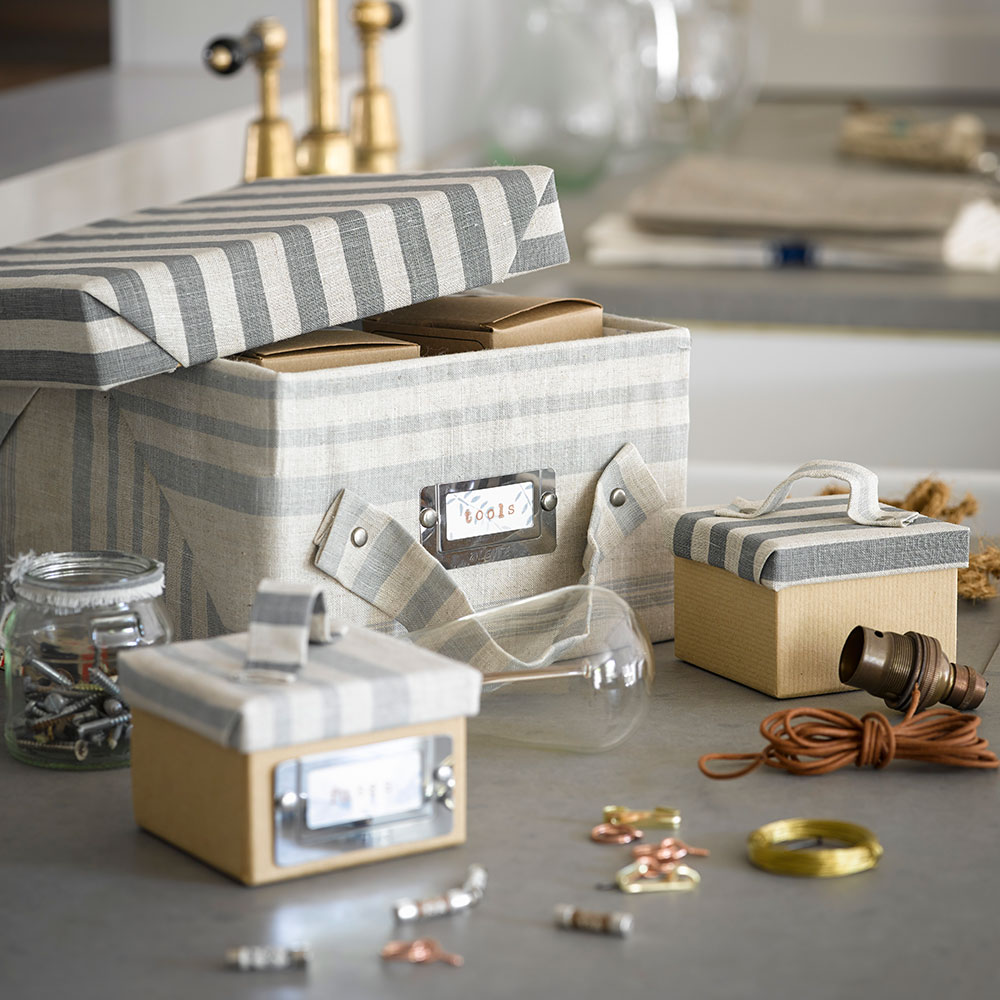How to organise your self storage unit and make the most of the space
If you are planning a New Year declutter, this is essential reading

This weekend, as the Christmas tree comes down and those presents from Santa that you've piled up are finally put away, it's the perfect opportunity to declutter our homes.
The only problem is, not every property is blessed with huge loft or bonus basement where we can keep seasonal items or sentimental things we can't bare to part with.
More New Year tips: Dreaming of owning a house in 2020? Try these expert tips to help you save more money in the New Year
One option is to pay for a self-storage unit and free up some much-needed space. But it's worth doing some homework to make sure you're using that space as efficiently as possible. To help, the team at www.UKStorageCompany.co.uk have some tips to ensure you make the most of your self-storage unit.
However, they'd apply just as well to your oft or under-stairs cupboard.
How to organise your self storage unit
1. Only store what you truly need to keep

When you rent storage, it's all too easy to use it as a dumping ground for things that 'might' be useful in the future. ' There’s no point storing something away that you’ll never use again, say the folks at the UK Storage Company. 'You might as well sell it or donate it to charity, freeing up space in storage for more items that have real value.'
As you box up items to be stored, think of the wise words of William Morris, 'Have nothing in your house that you do not know to be useful, or believe to be beautiful'.
Sign up to our newsletter for style inspiration, real homes, project and garden advice and shopping know-how
So in other words, unless it's an heirloom you want to hand down, you are definitely going to use it again some day or it has true sentimental value, then ditch it.
2. Pack away items according to how often you use them

A self-storage unit needn't just be used to store items you might need in a few years. Anything from Christmas decorations to garden furniture can go in there – just think carefully about how you order them.
Things you might need to get at every few months – such as your cordless drill or holiday suitcases – should be stored towards the front, and things you'll need once a year or less, like Christmas decorations, at the back.
If you're not constantly packing and unpacking the space, or having to leave paths to get to things, you're most likely to be able to store more.
3. Dig out your label maker

'Channel your inner Monica, from Friends, and go wild with a label maker,' says the UK Storage Company Team. 'Future you will be singing your praises for doing so.'
You can label your boxes either with a number that tallies with a separate checklist that you stick on the wall of your unit, itemising exactly what's inside each one. Or just pop the name of the room it came from and a brief summary of what's inside onto the box itself.
4. Store furniture upright
When storing items like headboards or bed frames, stand them so they take up the height of your unit, and ideally at the back. If you have a chest of drawers or wardrobe you can't take apart, make sure you pack items inside. Tables can be used like shelving, with items stored above and below the tabletop.
5. Fill it to the rafters

'When organising your unit, remember to use the entire space, not just the floor. Boxes should be packed sky high and take advantage of shelving and bookcases as extra storage space. You might even want to consider placing a ladder in your unit to make sure nothings hard to reach.'
Get your storage sorted: The stylish new Argos storage bed proving they're not just for kids
However, there is one golden rule you must always keep in mind. Heavy things should always go on the bottom and fragile china, glass and other items should sit at the top. To make sure your heavier boxes don't get crushed over time, make sure they are packed up tightly to capacity.

Amy Cutmore is an experienced interiors editor and writer, who has worked on titles including Ideal Home, Homes & Gardens, LivingEtc, Real Homes, GardeningEtc, Top Ten Reviews and Country Life. And she's a winner of the PPA's Digital Content Leader of the Year. A homes journalist for two decades, she has a strong background in technology and appliances, and has a small portfolio of rental properties, so can offer advice to renters and rentees, alike.